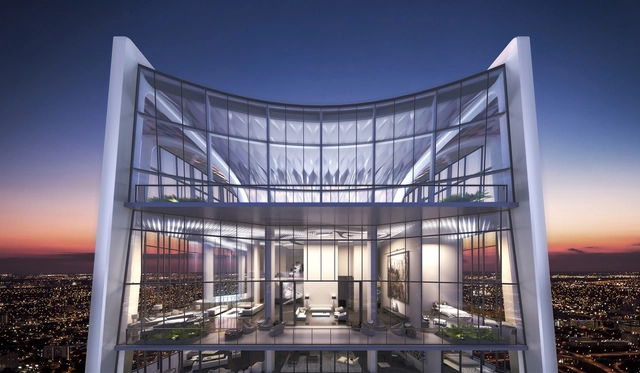
This article was originally published in Autodesk's Redshift publication as "How Building Modular Homes can Help Fill the Affordable Housing Gap."
“Modular” isn’t a construction product; it’s a construction process. This is according to Tom Hardiman, executive director of the Modular Building Institute (MBI), whose members include more than 350 companies involved in the manufacturing and distribution of modular buildings, including multifamily homes.









.jpg?1538563752)


